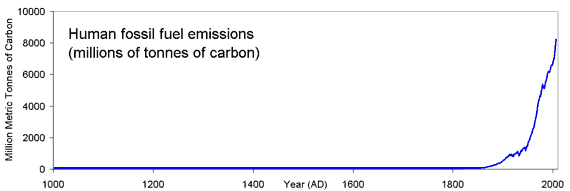BEAR ACTIVITY! Arg.
The neighborhood black bear found us.
Cathy, my intern, and I were unloading plants from the Subaru and taking them down to plant in the orchard area, right below the driveway. Cathy had just been up to the garage to look for a shovel. We decided to use our hands to plant with.
Maybe five minutes later I hear something. I decide it was Curt. I call out to him, but he doesn't answer. I decide that he has his ear buds in and is working in the garage. Then....another noise. I decide to go up and check it out. I'm calling for Curt. When he doesn't answer, I start calling for the neighborhood dogs to come to my rescue. I walk slowly up the old garden steps next to the garage. Since I'm still calling for dogs, I think it's got to be Curt working in the garage. Just as I'm about to stick my head around the corner of the open garage door, I see garbage all over the garage floor. I knew then, it was the bear. Dang.
I jump in Curt's car and I call for Cathy to come up. She of course didn't want to come up next to the garage, so she climbs up the cliff and jumps in the little mazda. I lay on the horn. What a dump horn that is---why didn't I jump in the Suburban---something with a substantial horn?? I roll down the window and we still hear the bear in the garage. We can't see anything though---it's a black bear in the dark garage. We start calling the bear out of the garage. No luck. I decide to open the 2nd garage door to see if that would move him. Sure enough. He moseys out of the garage and right next to Cathy's window that she is struggling to get up. He's heading to the driveway. Good, we think.
bear picture
Then he takes a wiff at my Subaru. I remember the cinnamon gum in there and more importantly, the bag of trash I should have emptied. My last Wwoofer loved chocolate, so we splurged more than once on expensive chocolate bars and some reese's cups. He comes back around and decides to check it out.
Bear Picture Gingerly he steps into the back of the open Subaru and makes his way to the driver's seat. He starts picking through the garbage bag that's on the passenger's seat floor!
Well, Cathy and I start up the Mazda and put it in reverse. That of course did not phase the bear and we decide it wouldn't be able to get out the back of the car again. Who wants it going out the closed window? So I get out of the car. I call Curt on the phone---nervously--- to bring the bear spray down from the house. By the time he comes down, Cathy and I are yelling at the bear to get out of the car and the bear is turning around in my driver's seat. He honks the horn with his butt. (The steering wheel was wet afterwards---let's hope it was slobber. The horn startles him some and he starts coming out of the back of the car. So nice of him to step around all my plants.
Bear Picture
Then, instead of running off like a good bear should. It decides to go after Latte, who was just sitting there watching the whole spectacle. She ducks under the suburban and the bear barks at her and pounces on his two front feet. If you haven't ever heard a bear bark---it's a warning sound. He claws under the suburban to try to reach her.
Bear Picture We are all screaming at the bear to leave. Reluctantly he leaves the cat and saunters to the top of the driveway. But he stops and just looks at us, like "so what are you going to do, make me?"
Bear Picture Curt, Cathy and I start moving forward, yelling. Curt has the bear spray at the ready along with our house sign "Karns" because he couldn't get it untangled from the bear spray. Too bad I didn't take that picture. It looked like he was going to paddle the bear with the board. Anyway, Curt had to escort that bear all the way down the driveway and across the road so he'd leave.
Bear Picture
We then practiced with the bear spray to see if it would have reached the bear. That stuff only sprayed like 3 feet and so it might have just made him mad. He kept about 5 feet away from us.
Anyway, he's been a real nuisance around the neighborhood (IF IT'S THE SAME BEAR). A neighbor took this picture of him at the post boxes at the bottom of the hill.
Bear Picture
Needless to say our guns are loaded. We would NEVER shoot a bear unless he were chewing on a leg. It's just too dangerous with so many houses around. But we DID go out and buy 4 new cans of bear spray.
Lesson learned: even if you are working and talking right outside, always turn on the radio. That was always my Wwoofer's job this year. When he left, I just didn't do it. Dumb.







































